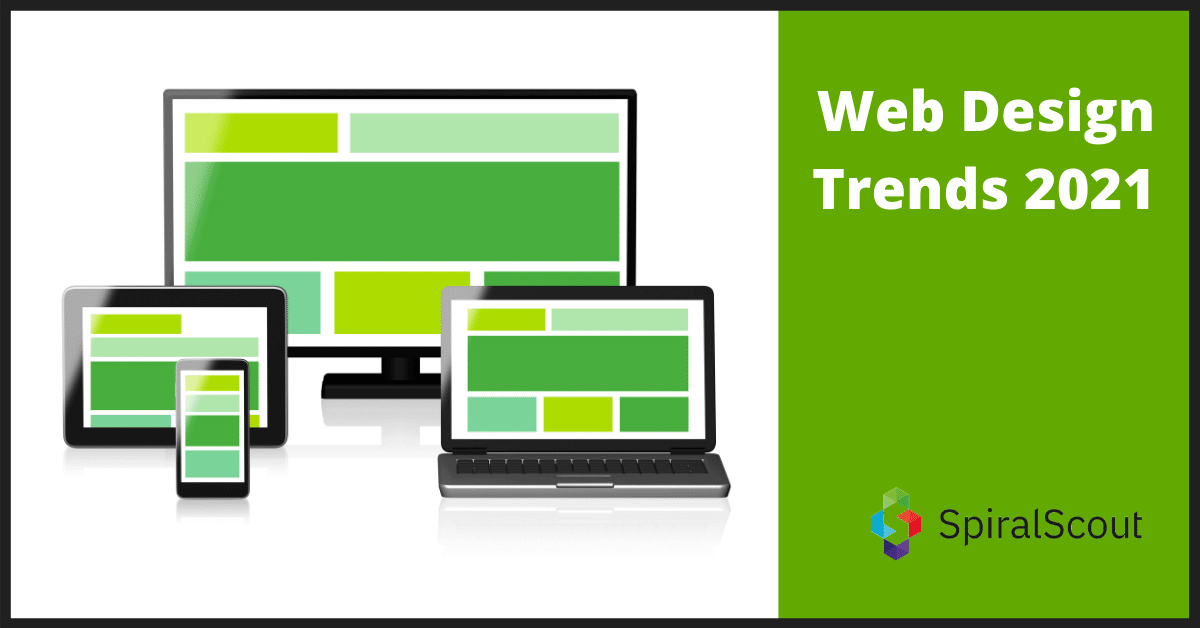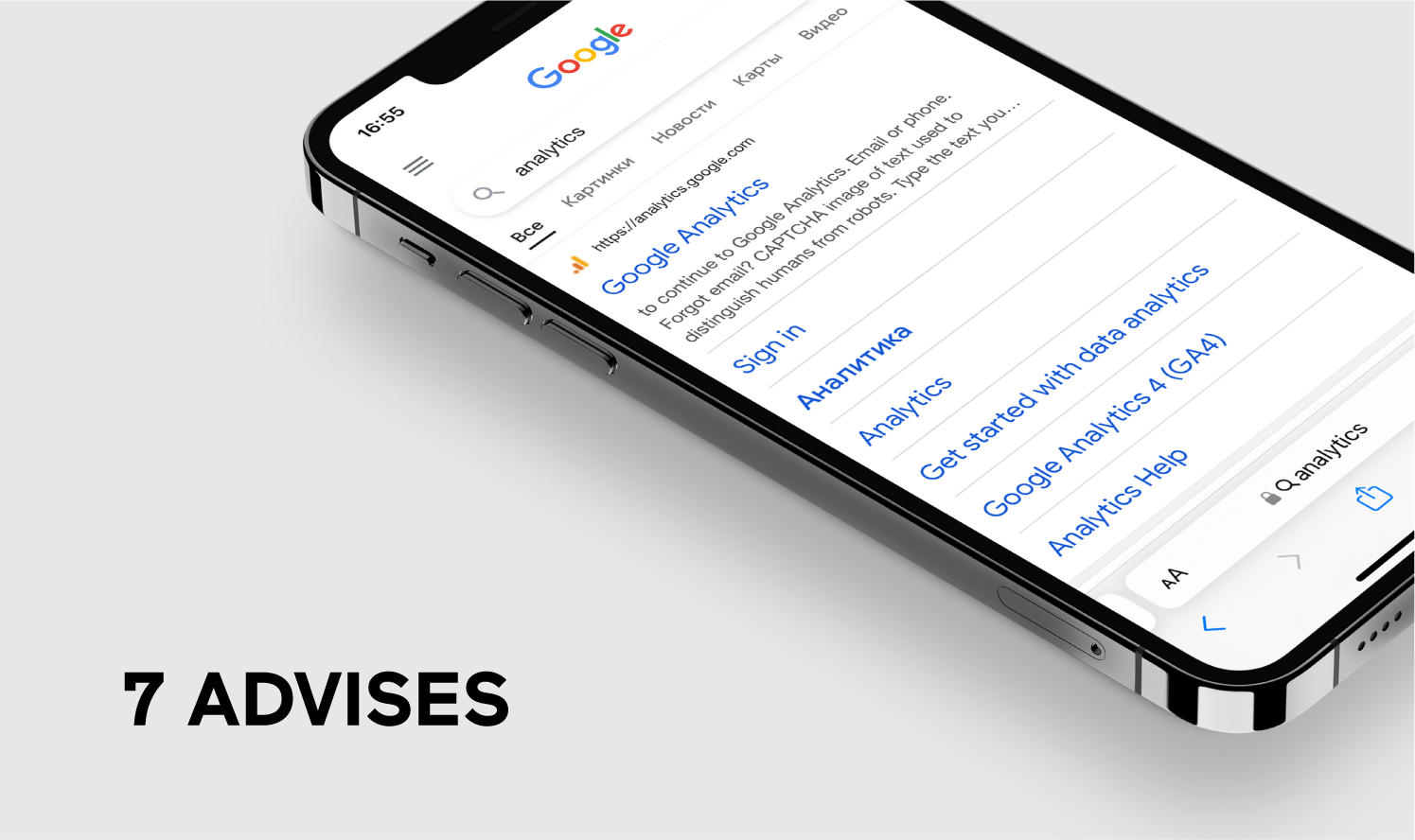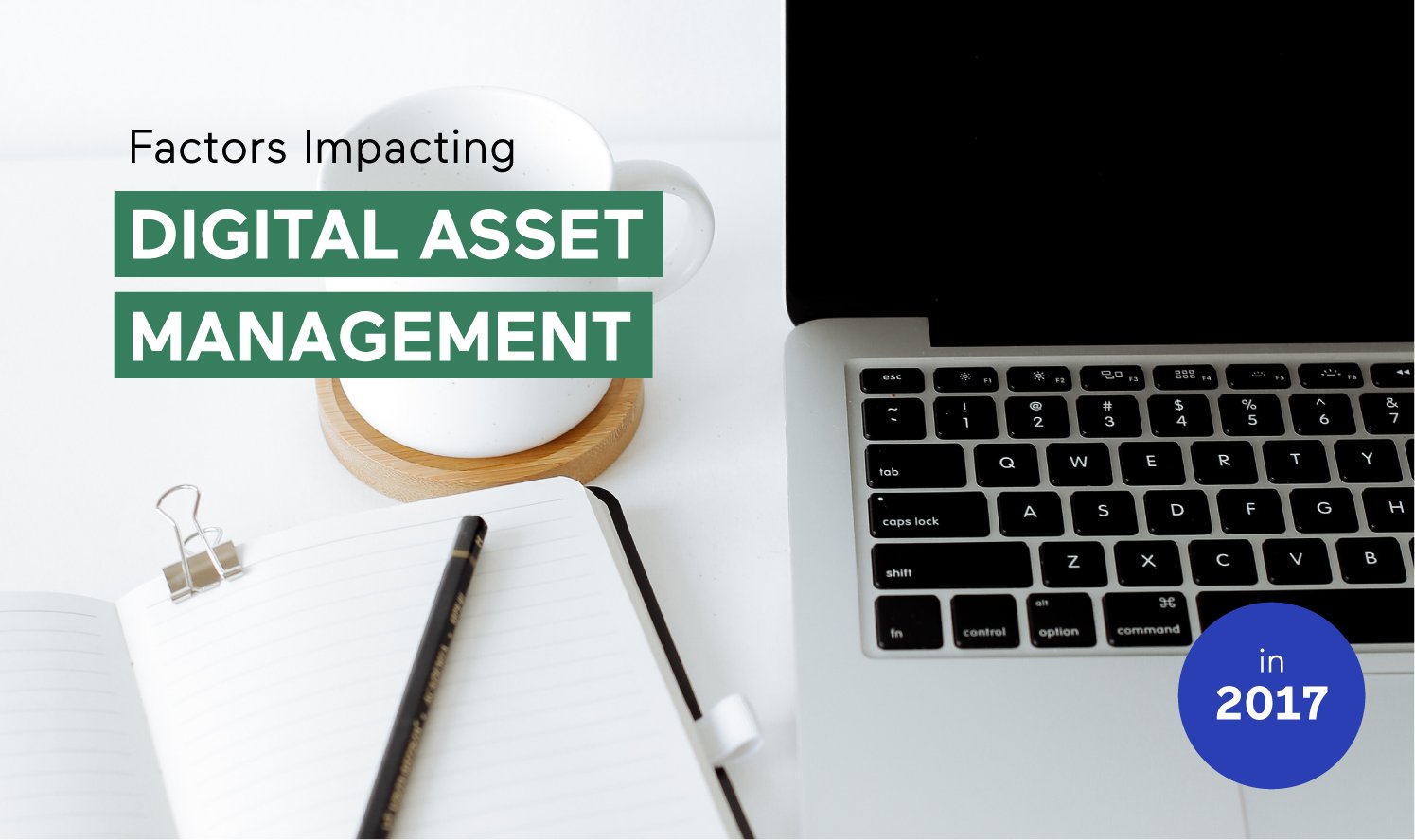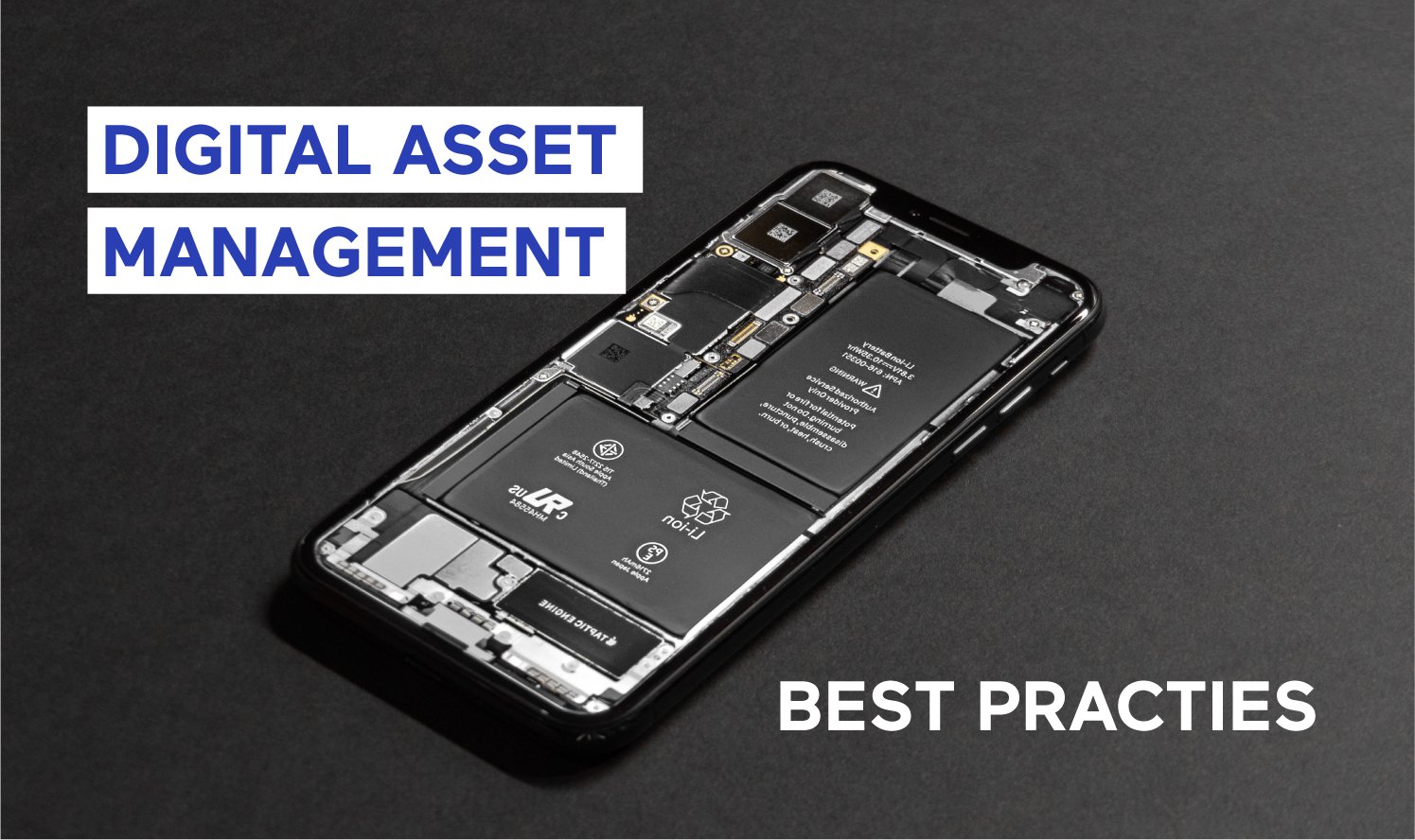The quest for perfection in digital marketing begins with the perfect website. McKinsey and Company identify frictionless web design along with embracing analytics and agile organizations as the three main areas of focus for embracing the speed of digitization for managing the consumer journey.
Website design trends in 2021 and beyond should “create frictionless experiences” so that consumers can access product and service information online, no matter where they are in the buyer journey or which device they are using.
#webdesign in 2021 should create frictionless experiences for website visitors’ username @SpiralScout
While it’s true that web design is always evolving, it’s also true that consumer expectations are evolving and driving design changes. The number of consumers making online purchases jumped over 200% from the year 2000 to 2016 (Pew Research Center), and the B2B buyer cycle is increasingly dependent on the use of website content. In today’s competitive online marketplace, brands must recognize and implement the best web design trends in 2021 that drive higher engagement and ROI.

Data & Technology: Web Design Trends and Best Practices 2021
We’ve had almost 30 years to track, record, and analyze consumer interaction with websites. A/B testing, and metrics with tools like Google Analytics, MixPanel, and Optimizely have made it possible to identify designs that work best. Combining these findings with emerging technology is the future of web design and online marketing.
The History of Web Design
In 1991, there wasn’t much competition for Tim Berners-Lee, who is known as the designer of the first website. Google didn’t come around until 1998, which eventually led to the death of popular web design trends such as table-based design, splash pages, and flash animation. The launch of the first iPhone in 2007 brought about the need for responsive design, and the growing use of the web for business and shopping puts UX at the forefront of modern web design.
A blast from the past: Remember Hit Counters?
Visible Trust Factors
Websites that build trust signals into their design outperform websites that fail to demonstrate trust factors.
A combination of visible trust factors on a website will push brands ahead of their competition. A website’s design should make it easy for visitors to find all of the following trust factors:
- Testimonials and Reviews
- Prominent links to social media channels (Nielsen: consumers want to see if friends and family are following/using a brand)
- Trust seals for eCommerce brands
- Easy to find return/refund policies for an e-commerce site
- Using real pictures of your employees on about us pages
- Using SSL security and having your browser address URL say Secure in green writing
Incorporate the Latest Technology
Savvy brands are incorporating new technologies like like artificial intelligence, virtual reality, blockchain, and machine learning into their software and products to make their experience better.
Chatbots can harness the power of AI to deliver on-demand information to website visitors across all industries. Brands like Wayfair use their website to promote a new VR App to move ahead of home decor brands that have been around for decades. Clients can picture what potential furniture will look like in their rooms. Automation tool Engagespot invites users to take advantage of special deals or events based on user website activity.
At Spiral Scout, we have even created a PhoneGap mobile application built on the Cordova plugin using Wikitude SDK. While that is a lot of tech to swallow, the app is a great example of an Augmented Reality app. Users can visit street art and murals around them using a built-in map and radar. Once a user visits a mural and points their camera to the right building, place or monument, a diverse set of media content becomes available that includes photos, videos, audio records, as well as links to 3rd party resources. A user can click on that, launch and pause audio and video content, share it to social networks.
As you explore web design options in 2021, be sure to ask about custom features that invite visitors to download an app, capture attention with a game, or create a personalized call to actions based on visitor behavior.
A professional web designer will help you grow your business and make sure that customers can find your online. As a leading US-based software development company, Spiral Scout is always ready to help you avoid the biggest mistakes when hiring a web designer. Contact our professional team today!
Design for Conversions
A Goldman Sachs data story shares key insights for maximizing conversions from Millennials, the biggest generation in U.S. history who are about to hit their prime spending years:
- They are the first generation of digital natives and their technology use shapes the way they shop and purchase.
- 50% of Millennials play video games, as opposed to less than 20% of Boomers and less than 30% of Gen X.
Designing websites for conversions isn’t as simple as building a responsive site that works well on smartphones and throwing some forms on the page. The current ecommerce web trends require designers to focus on the stage of conversion.
- Reducing Cart Abandonment. Buyers in the conversion stage shop around and have high cart abandonment rates. When considering this factor into web design, get creative and stand out with design and messaging that draws attention to value. Try to use tactics in the checkout to tell users about return and refund policies. Bring them back to the shopping cart with abandon cart emails. Offer them discounts if you detect in the browser that they are about to close the browser window or click away from your website.
- Research & Reviews. Make sure that your website design and content targets buyers while they are in the consideration stage. In a recent Buyer Personas blog post, we shared the following recommendations:
“Buyers/customers in the consideration stage are looking for trust signals, value, deals, and easy access to products and/or services. They’ve done most of their research, and they’re comparing the brands at the top of their list.
When planning out landing pages for prospects at this stage, make sure each page can be easily located through the main navigation or the home page.”
- Creative Social. Social media is a wonderful tool for buyers in the retention stage. They already know and trust your brand; get creative and grab their attention with loyalty programs and contests.
2021 — the Year of Conversion Web Design Trend
Visitor behavior on a website can be dramatically influenced by design and content. While 2017 will be known as the year of “Flat Design” and “Materialized Designs,” it’s time to move beyond simple usability and build a website that draws visitors to click, engage, and foster loyalty from new and repeat customers. By following the right design trends that are backed by data and new technology, 2021 has the potential to become the year of “Conversion Design.”
Searching for an all-in-one, do-it-for-me solution for your business? No problem. Spiral Scout offers top-rated web design and development solutions together with internet marketing services. Explore our custom software development services and contact our team to get more information.



